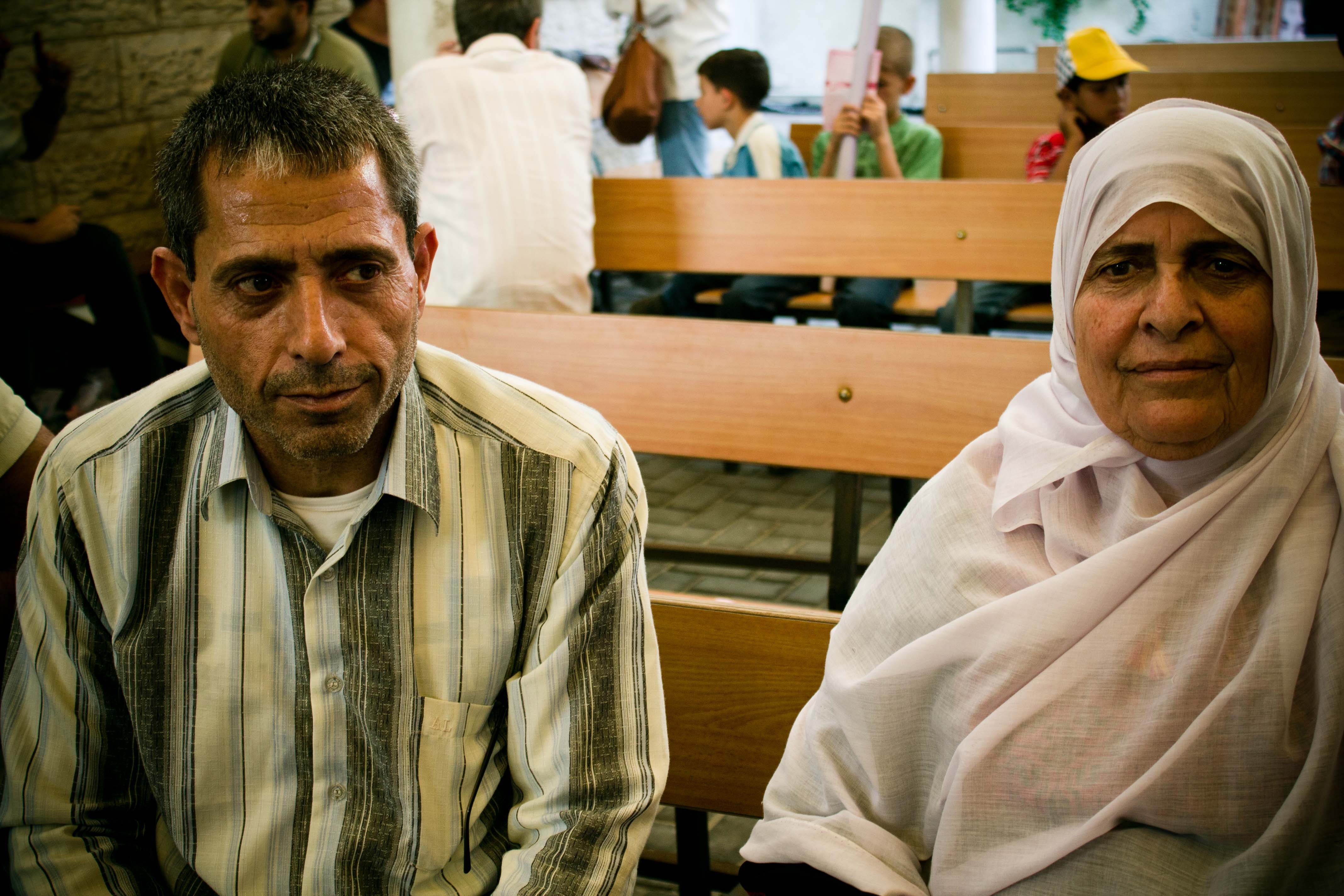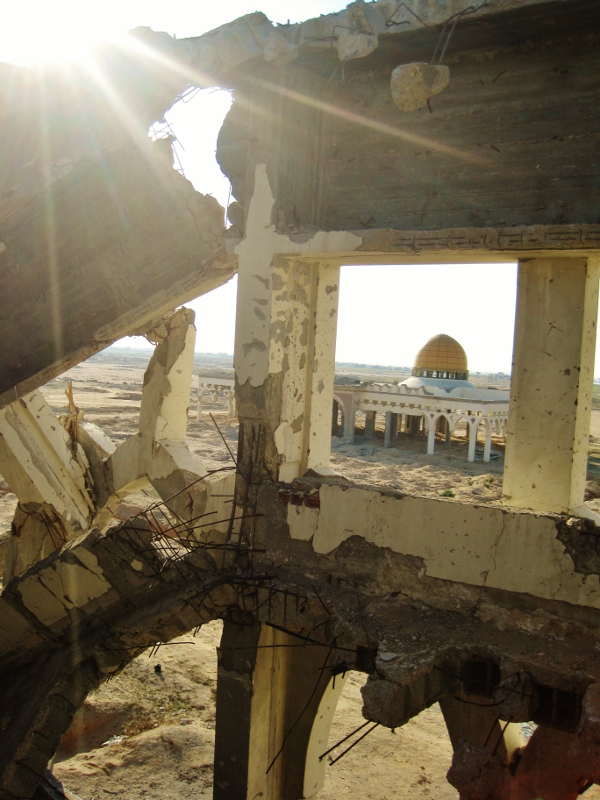Category: Gaza
-
Photo: A freed detainee joins his mother at the Gaza protest she began 18 years ago
18th October 2013 | International Solidarity Movement, Gaza Team | Gaza, Occupied Palestine Ibrahim Baroud joined his mother, Ghalia Baroud, or Um Ibrahim, at Gaza’s weekly sit-in for Palestinian prisoners, which she co-founded, on Monday morning. Baroud, a former Palestinian detainee, was captured by Israeli forces on 9 April 1986, at the age of 23.…
-
The Gaza Strip is closed and more besieged than ever
18th October 2013 | 3deVuit, Maria del Mar Fernández | Gaza, Occupied Palestine Israel continues to maintain a full, tight closure by land, sea, and air, on the only coastal enclave left to Palestine. This has become even worse since July, as the Egyptian government closes the Rafah crossing on a regular basis and has destroyed many…
-
Photos: Eid al-Adha under the Gaza siege
18th October 2013 | International Solidarity Movement, Charlie Andreasson | Gaza, Occupied Palestine It’s Eid al-Adha, the festival commemorating Ibrahim, or Abraham as the Christian part of the world knows him, and his willingness to sacrifice his son. He never had to do it, and none of the three monotheistic religions are associated with human sacrifice,…



